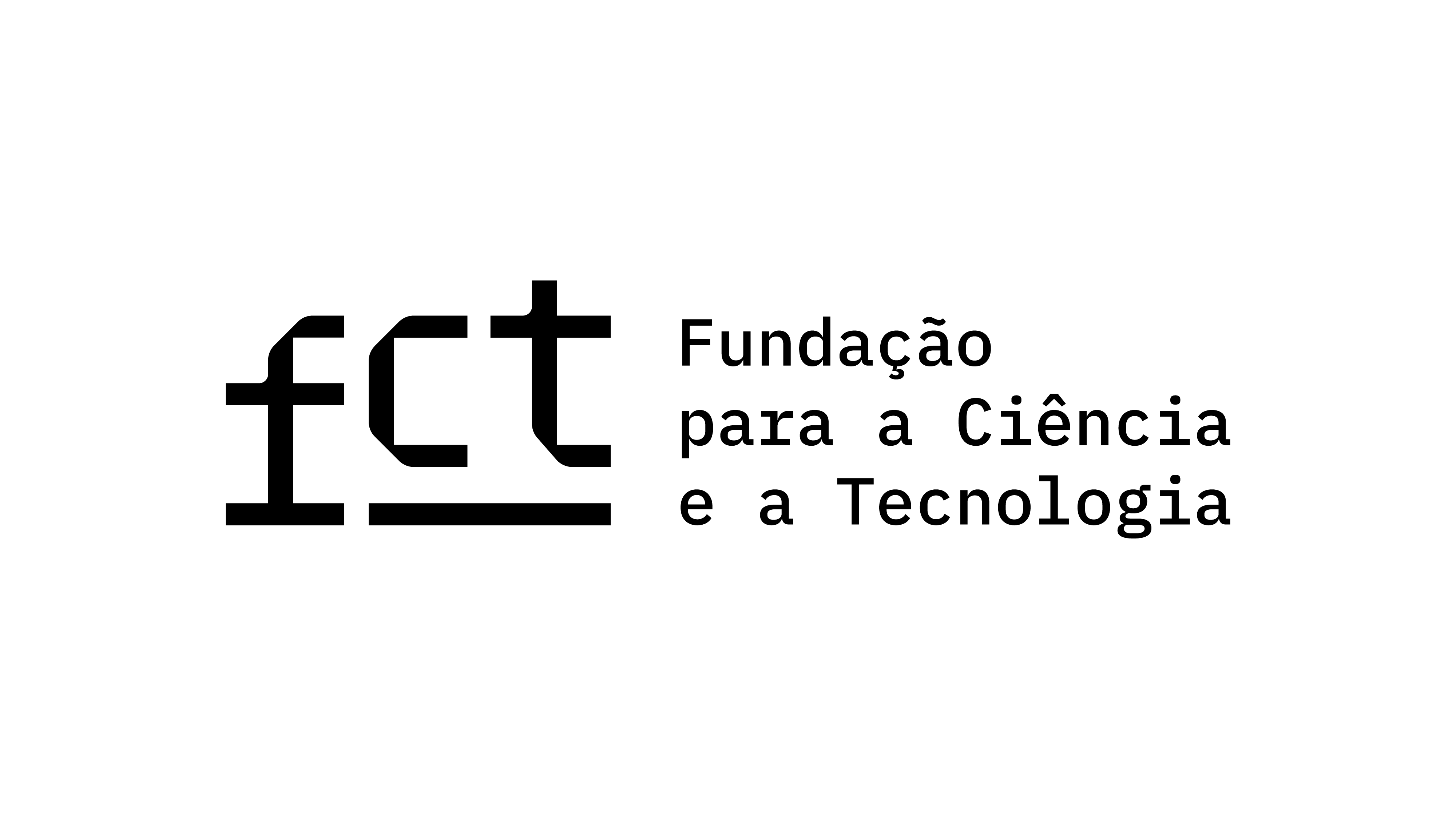Submissions
Submission Preparation Checklist
As part of the submission process, authors are required to check off their submission's compliance with all of the following items, and submissions may be returned to authors that do not adhere to these guidelines.- The submission has not been previously published, nor is it under consideration for another journal (or an explanation should be provided in Comments to the Editor).
- The submission file is in OpenOffice, Microsoft Word, or RTF document file format; image files are in JPEG or TIFF format.
-
The text of the article adheres to the formatting and referencing requirements of the Chicago Manual of Style, outlined in the Author Guidelines, under Submissions.
- The text is double-spaced; uses a 12-point font; employs italics rather than underlining; and all illustrations, figures, and tables are placed within the text at the appropriate points, rather than at the end.
- Articles submitted for a special issue must be in accordance with the theme proposed in the Call for Papers published on the journal's website. For the section Varia, the themes of the articles are open as long as they respond to the general aim and scope of Compendium.
- Reviews must relate to literary, artistic or theoretical-critical works within the scope of the journal, published within the last eighteen months considering the issue of Compendium to which the text is submitted.
- Working languages: texts proposed for publication may be written in Portuguese, English, French, or Spanish.
- Interviews submitted to Compendium should be directed to writers, artists, critics, researchers or other personalities whose professional activity relates to the thematic scope of the journal.
- All authors formally associated to the texts proposed for publication meet the criteria for authorship and have read and approved the submitted version. Published texts are the responsibility of their authors.
- Compliance to copyright laws in the reproductions of images and text must be secured by the authors. Permissions needed for the publication of data on persons who can be identified must also be submitted.
- Authors agree to collaborate fully in the review process after the acceptance of their article for publication. In the event of non-compliance with this cooperation, the article will not be published, even if it has been accepted for publication.
Copyright Notice
Authors who publish with Compendium agree to the following terms:
- Authors maintain their copyright and grant the journal the right of first publication. The articles are simultaneously licensed under a Creative Commons Attribution 4.0 International License (CC BY 4.0), which allows the sharing of the work with recognition of authorship and the first publication in this journal.
Authors are authorized to store pieces published in Compendium, and redirect to them, in institutional repositories and other platforms for the dissemination of academic works.
Privacy Statement
PRIVACY AND DATA PROTECTION
The personal data and contact details provided by users upon submitting a manuscript to Compendium or acting as peer reviewers will be included in the journal’s database on Open Journal System (OJS), to be saved and used in the journal’s regular actions and workflow. Our Editorial Committee recognizes the importance of protecting personal information and adopts practices that guarantee safety, integrity and privacy of the collected and processed data. The names and email addresses entered on Compendium’s website will be used exclusively for the stated purposes of this journal, in compliance with Open Access policies, and will not be made available for any other ends or to any other party.










